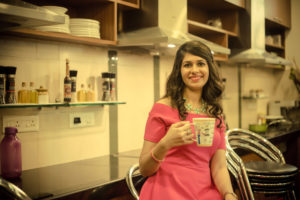
Going back to our roots, traditions and grandma’s kitchen, we find that millets was a staple in our Indian households.
Often looked down upon as poor man’s food, these coarse grains are a power house of nutrients.
Millets are a healthier substitute to rice and wheat largely due to their nutritional values and low glycaemic index that makes them more suitable for diabetics and for weight loss.
Each kind of millet is three to five times nutritionally superior to rice and wheat in terms of proteins, minerals and vitamins. Millets are rich in B vitamins, calcium, iron, potassium, magnesium, zinc, also gluten-free . Thus millets are also suitable for people with allergies/intolerance of wheat.
Interestingly millets need very little water, have a short growing period , no millet attracts any pest hence they have no or low fertiliser usage . All this makes them more environmentally sustainable.
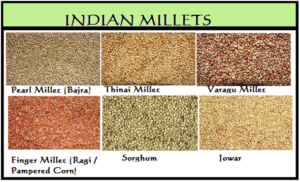
Top 10 Health Benefits
- Help to protect against diabetes.
- Provide a good source of energy.
- Can be an aid to weight loss.
- Prevent anaemia.
- Gluten free alternative.
- Reduce cholesterol.
- Prevent premature ageing.
- Keep the digestive system healthy.
- Help in managing BP.
- Increase the strength of bones.
Millets are certainly not just a temporary fad; they are part of eating pattern of many people in India and they’re back where they belong and also trending in west.
Know your Millet
Barnyard Millet (Kuthiravali in Tamil / Odalu in Telugu / Oodhalu in Kannada / Kavadapullu in Malayalam / Sanwa in Hindi):
A high source of iron and fibre, this widely available variety is suitable for upmas or Pongal. Barnyard millets are high in fibre content, phosphorous and calcium. It has a low glycemic index and thus regular intake helps in type 2 diabetes and cardiovascular disease.
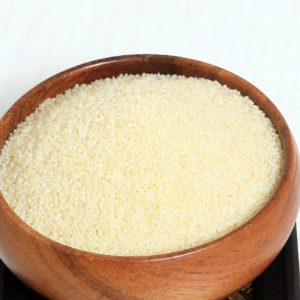 Barnyard Millet
Barnyard Millet
Foxtail Millet (Tamil: Thinai / Telugu: Kirra / Malayalam: Thinna / Kannada: Navane/ Hindi: Kangni):
Rich in minerals and vitamins, this lends a lovely texture to upma or Pongal. Foxtail millets are high in Iron content and these millets are totally pest-free. Foxtail not only not need any fumigants, but act as anti pest agents to store delicate pulses such as green gram. They also control blood sugar and cholesterol levels and increase HDL cholesterol.
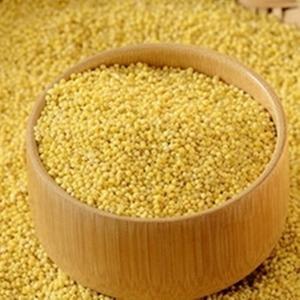 Foxtail Millet
Foxtail Millet
Finger Millet (Ragi in Kannada / Kelvaragu in Tamil / Ragulu in Telugu / Koovarugu in Malayalam/ Mundua in Hindi):
A staple in many parts of Karnataka where it’s common to find Ragi Dosas or Rotis. Ragi Porridge is a great substitute for oats or cereal at breakfast especially for children. It is rich in calcium and protein and has a good amount of iron and other minerals. Ragi tops in antioxidant activity among common Indian foods and is filled with Essential Amino Acids (EAA) which are essential for human body.
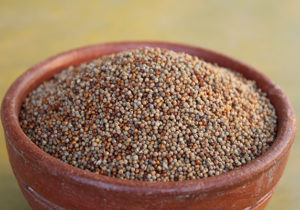 Finger Millet
Finger Millet
Little Millet (Samai in Tamil / Same in Kannada / Sama in Telugu and Chama in Malayalam/ Kutki in Hindi):
Ideal for crispy dosas or even idlis, this millet is also loaded with iron and fibre. Smaller in size than other millets, little millet is high in Iron content, fibre and has high antioxidant activity. It helps in diabetes and stomach related diseases.
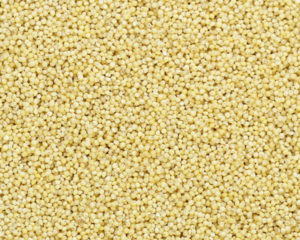 Little Millet
Little Millet
Pearl Millet (Hindi: Bajra/Kannada: Sajje / Telugu: Sajjalu / Tamil: Kambu / Malayalam: Kambam ):
Pearl millet is the most widely grown type of millet and India is the largest producer of pearl millet. Pearl millet is a rich source of phosphorus, which plays an important part in the structure of body cells and bones.
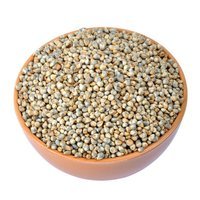 Pearl Millet
Pearl Millet
Proso Millet (Tamil & Malayalam: Panivaragu / Kannada: Baragu/ Telugu: Varigulu / Barri: Hindi):
A great substitute for rice in a risotto or a traditional Bisi Bele Bath, you could also cook this millet in place of rice as a great health option with sambar or rasam.
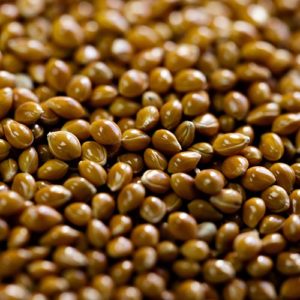 Proso Millet
Proso Millet
Kodo Millet (Hindi: Kodra/Kannada: Harka / Telugu: Arika/ Tamil: Varagu / Malayalam: Koovaragu):
Kodo millets contain high amounts of polyphenols, an antioxidant compound, they also are high on fibre, low on fat. making them fit for diabetics.
 Kodo Millet
Kodo Millet
Sorghum Millet (Hindi: Jowar/Kannada: Jola / Telugu: Jonna / Tamil: Cholam / Malayalam: Cholam):
Sorghum has high nutritional value, with high levels of unsaturated fats, protein, fiber, and minerals like phosphorus, potassium, calcium, and iron. It has more antioxidants than blueberries and pomegranates. Sorghum helps to improve metabolism.
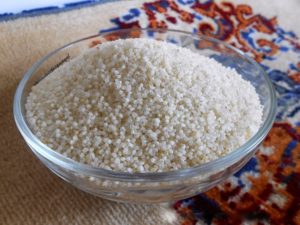 Sorghum Millet
Sorghum Millet
Amaranth( Hindi-Cholai/ Marathi: Rajgira)
Along with other health benefits of Amaranth, it helps in preventing hair loss and greying and also improvement of eyesight.It can prepared in form of both sweet (laddoo,chikki) and savoury snacks(dosa,idli).
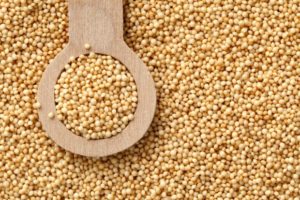 Amaranth
Amaranth
Buckwheat (Hindi:Kuttu/Kotu)
Rich in antioxidants and highly digestible protein. No wonder its staple for Navratri fasting (celebrated twice in a year before change of season) to provide body much needed digestive rest.
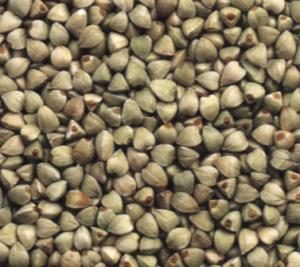 Buckwheat
Buckwheat
The Healthiest Way of Cooking Millets
Like all grains, before cooking millet rinse it thoroughly under running water to remove any dirt or debris. After rinsing, soak them in water for 4-6 hours. Soaking speeds up their cooking & digestion.After soaking boil, cover and simmer in a pan for about 25 minutes or pressure cook. The texture of millet cooked this way will be fluffy like rice. If you want the millet to have a more creamy consistency, stir it frequently adding a little water every now and then.
To impart a nuttier flavor to the cooked millet, you could roast the grains first before boiling. To do this, place the grains in a dry skillet over medium heat and stir them frequently. When they have achieved a golden color, add them to the boiling cooking liquid.
The flours of millets can also be used to prepare dosa,roti or idlis.
A few quick serving ideas
- Cooked millet can be served as a breakfast porridge to which you can add your favourite nuts and fruits.
- Cook them in form of biryani replacing rice.
- Millet Idli and Dosas are all time favourite.
- Ground millet can be added to homebaked bread and cookies.
- Toss cooked and chilled millet with your favourite chopped vegetables and either chicken or baked tofu cubes. Add dressing and you have an easy, delicious salad meal.
- Puffed millets serve as an excellent snack when roasted and combined with nuts.
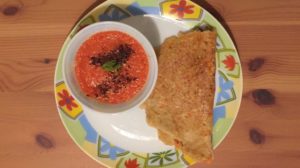
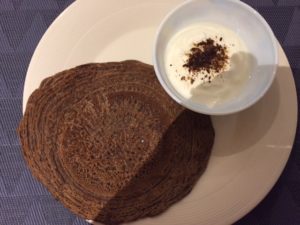
Coming Soon-Millet Recipes
Follow us on fb https://www.facebook.com/UmaNarulaNutriguide/ for Millet Recipes and much more about Nutrition.
Uma Narula is an award winning practising Nutritionist since 10 years.If you have any queries you can email on uma@nutriguide.co.in or call on +91 99676 35556/+32 468 29 79 49.

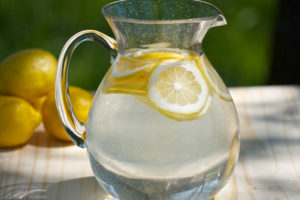
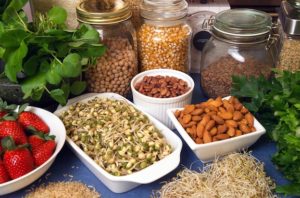
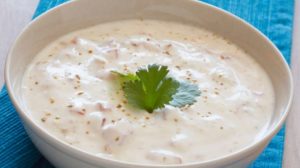
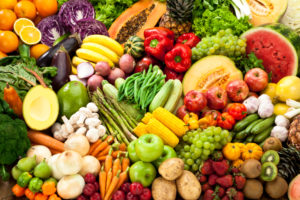
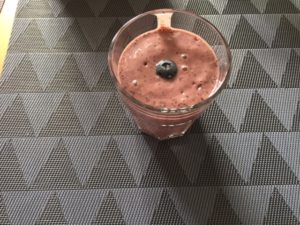
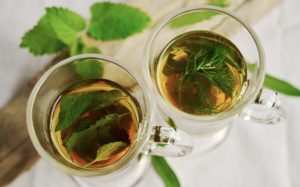


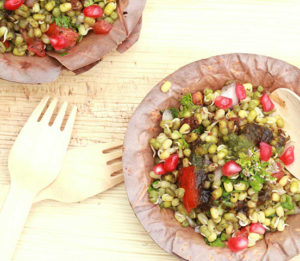
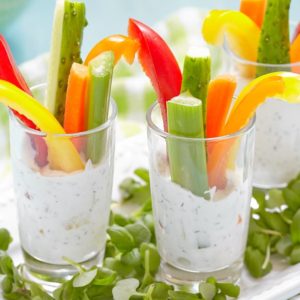
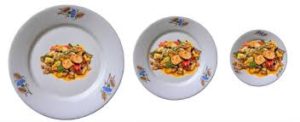




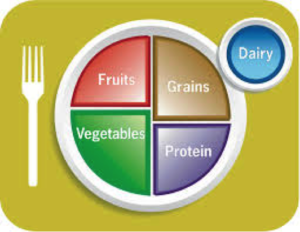

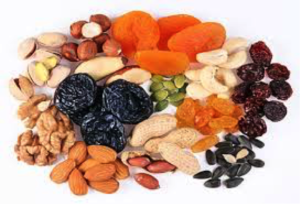


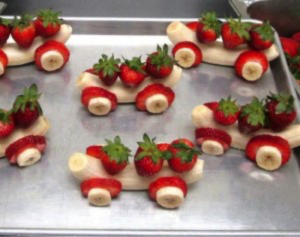

 Roasted Makhanas (Lotus Seeds), peanuts, cashew mixture
Roasted Makhanas (Lotus Seeds), peanuts, cashew mixture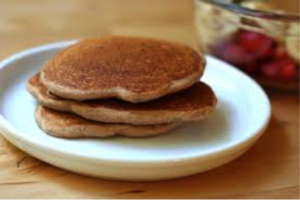 Whole wheat flour pancakes
Whole wheat flour pancakes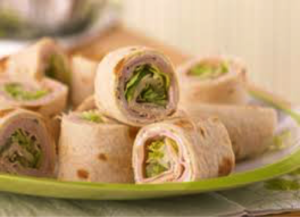 Whole wheat wraps/Rolls /frankie with fillings like: Cottage cheese/cream cheese/grated cheese/chopped or mashed veggies
Whole wheat wraps/Rolls /frankie with fillings like: Cottage cheese/cream cheese/grated cheese/chopped or mashed veggies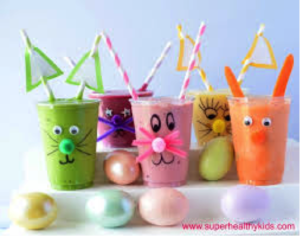 Carrot kheer /carrot halwa
Carrot kheer /carrot halwa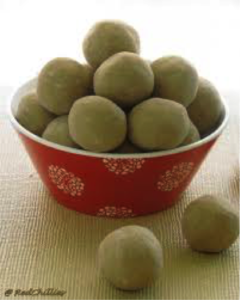 Atta laddoos
Atta laddoos